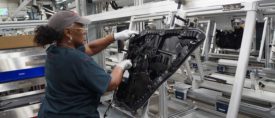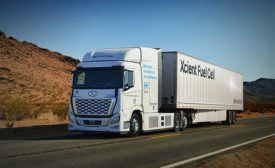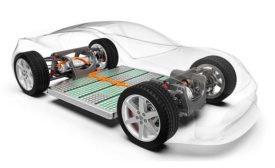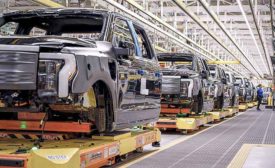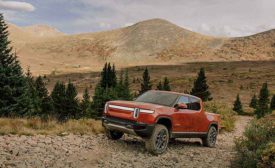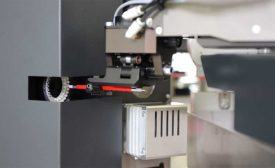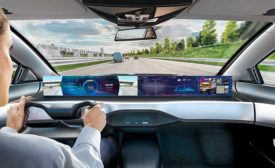Articles by Austin Weber
Employee participation and productivity shine bright in Vance, AL.
Read More
Cybersecurity for the Factory of the Future
Large and small manufacturers are increasingly vulnerable to cyberattacks.
August 26, 2022
Troubleshooting the Stripping and Crimping Process
Simple error-proofing steps can help avoid big headaches.
July 21, 2022
New Technology for Bonding Automotive Displays
Next-generation interiors demand adhesives that provide optical clarity, structural integrity and thermal interface.
July 11, 2022
Never miss the latest news and trends driving the manufacturing industry
Stay in the know on the latest assembly trends.
JOIN TODAY!Copyright ©2024. All Rights Reserved BNP Media.
Design, CMS, Hosting & Web Development :: ePublishing
